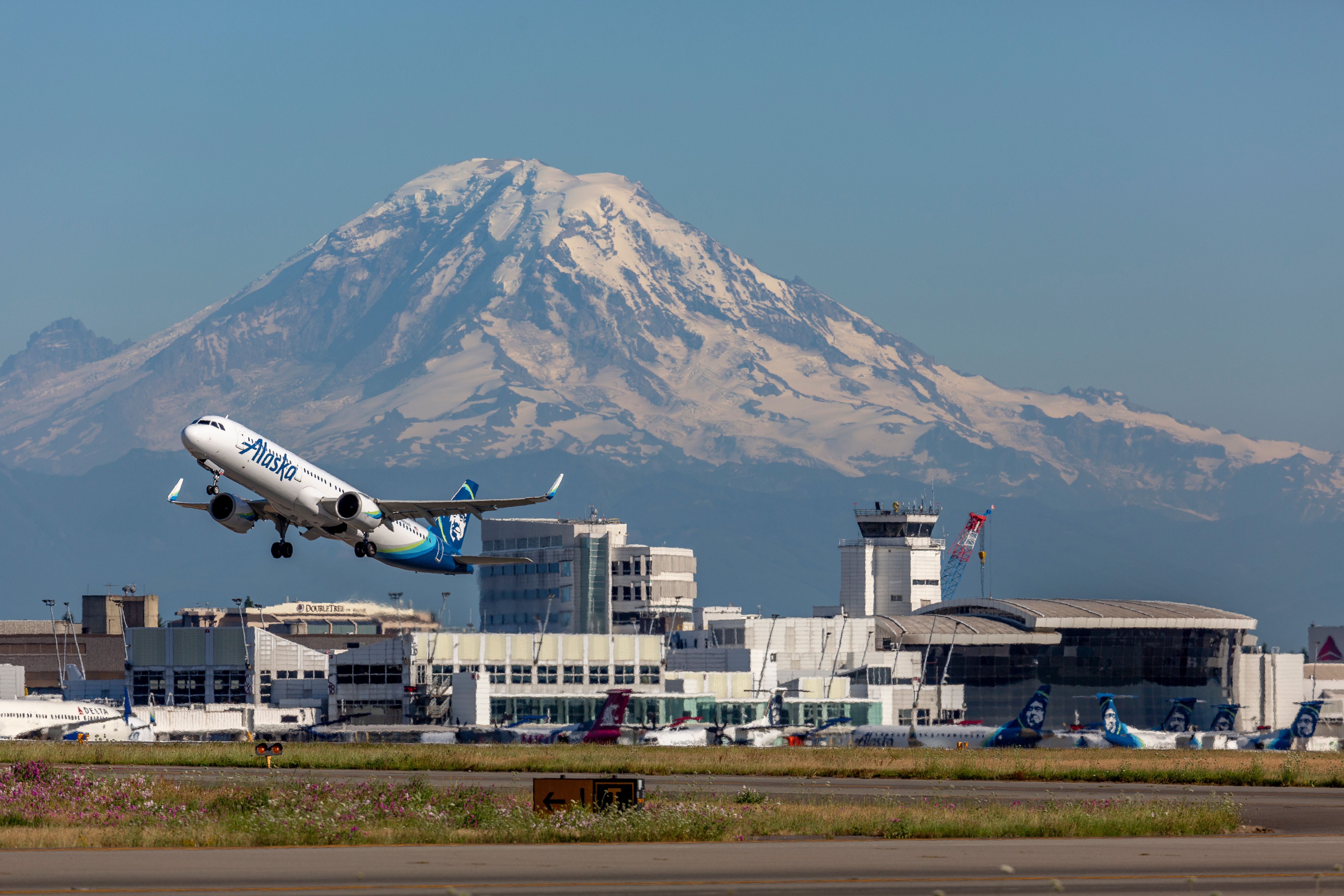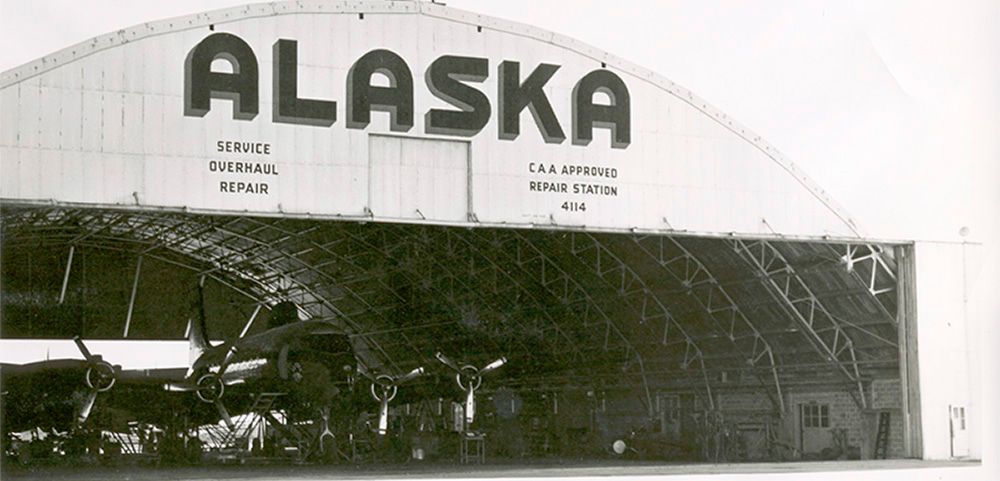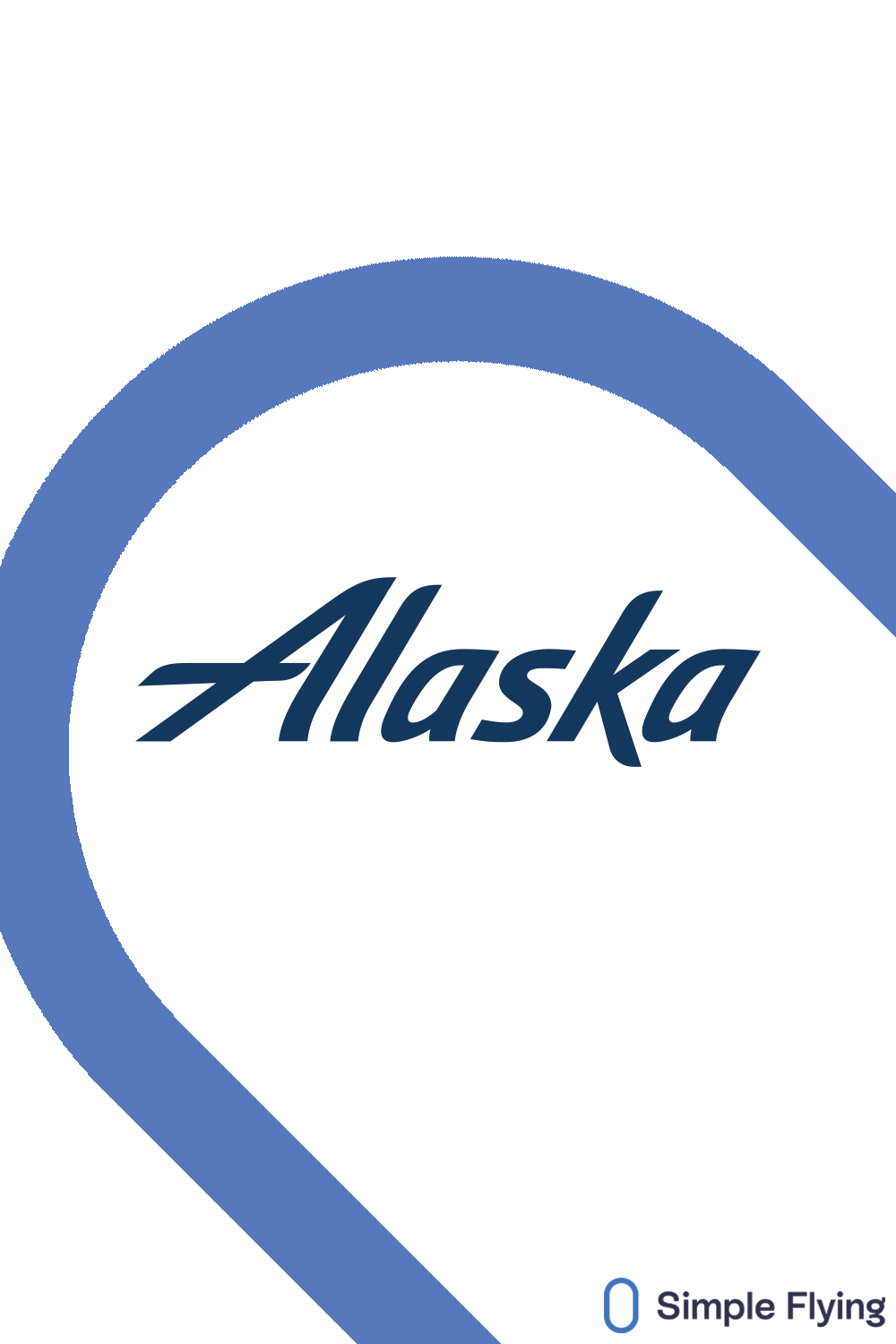Earlier this month, Alaska Airlines celebrated 91 years of its foundation. Following this milestone, here's a look at the carrier's evolution over the years, particularly when it comes to its main bases.Alaska Airlines has been operating out of Seattle, Washington, for approximately seven decades. The company has the word Alaska in its name, and its branding represents the state with pride. So, why is the firm based approximately 1,200 nautical miles away from the area that it is labeled after?
The early days
Alaska Airlines traces its roots back to 1932 when Linious "Mac" McGee put his name on a Stinson plane and started flying out of Anchorage, the largest municipality in Alaska. Meanwhile, mine owner Wesley “Earl” Dunkle loaned funds to pilots Steve Mills, Charlie Ruttan, and Jack Waterworth to start an outfit named Star Air Service. Subsequently, McGee Airways merged with this operator in 1934 to form the largest carrier in the state.
This new outfit had 22 planes to play with, but at the time, operations weren't scheduled. Typically, aircraft would take off when they were full of either passengers or goods. Nonetheless, the company continued to grow, and it purchased Alaska Interior Airlines in 1937.
In the same year, McGee sold Star Air Service to a group that Don Goodman, one of his former pilots, was head of. The new occupier renamed the airline slightly to Star Air Lines. The following year, the Civil Aeronautics Authority came to be. This move marked the start of uniformed regulation for airlines.
Star was granted most of its desired routes by the new agency. However, it didn't receive the lucrative operation between Alaska and Seattle. Instead, the now-iconic Pan American World Airways was given the opportunity.
Get the latest aviation news straight to your inbox: Sign up for our newsletters today.
A rising star
By the early part of the 1940s, the carrier was operating under the moniker of Alaska Star Airlines. In 1943, it acquired a series of businesses, including Mirow Air Service, Pollack Airlines, Lavery Airways, and Alaska Airmotive.
With its new holdings, the company finally ran with the name Alaska Airlines in 1944. World War II was happening during this time, and all aviation activities were prioritized for the war effort. Therefore, there was a shortage of employees during this period, coupled with financial hardships. Regardless, the firm managed to continue its growth through the years.
After the war, the charter services overshadowed scheduled operations. Subsequently, Alaska became the largest charter operator across the globe. It deployed the military's surplus DC-4s and C-46s to carry food in the Berlin Airlift and transport 49,000 Jewish refugees from Yemen.
Ultimately, Alaska Airlines was now running an operation that was too large for its base at Merrill Field in Anchorage. The firm needed more space for its fleet and staff. Therefore, the operator's president, James Wooten, had a talk with plane manufacturing powerhouse Boeing.
Moving south
The business executive negotiated with the aircraft producer to house its operating headquarters at Paine Field. This location was at the Boeing Service Center, with Alaska Airlines situated in the northwest corner of the airfield.
So, this was the moment that the carrier first moved its headquarters outside of Alaska. However, even though it would now be in the same state as Seattle, it was still approximately 40 statute miles away from its current home of Seattle-Tacoma International Airport.
The facilities at Paine Field were built in 1936, and the intention was for it to be a sizeable commercial airport. However, it became a base for official operations during WWII. According to Paine Field's website, Alaska Airlines may have also used the large WWII military hanger at the site.
The field was reactivated by the Air Force and formed a part of the Air Defense Command. It subsequently became a base for the military during the Korean War in the early 1950s, pushing back its commercial expansion dreams.
The growth continues
1951 saw the airline reach a milestone when it was given authority to fly from Anchorage and Fairbanks to Seattle and Portland. Following this move, in 1953, Alaska Airlines moved its corporate headquarters to downtown Seattle.
However, it still maintained a maintenance hangar at Paine Field. Snohomish County authorities had built a hangar for the carrier at the southern end of the field three years later.
As the 1950s came to a close, Alaska's operations continued to develop smoothly. New chairman and CEO Charlie Willis brought in creative ideas, such as inflight movies.
As the 1960s came by, the jet age was causing a storm within the aviation industry. In order to keep up with its competitors, Alaska jumped on the craze and deploying jet aircraft. One of its first units was the Convair 880.
Altogether, with the dawn of a new generation, and Alaska Airlines' strong position in the market, the carrier was now fully a Seattle-based outfit. This transition was complete when it moved its maintenance team to Seattle-Tacoma in 1963.
"Since that time, the Paine Field hangars have been used by Paul Allen’s Aviation Flying Heritage & Combat Armor Museum." - Alaska Airlines.
Love aviation history? Discover more of our stories here.
Alaska is still in its heart
Despite the relocations, the airline still represented Alaska over the decades. In 1965, it did turn over some local Alaskan routes to Wien Air Alaska. However, throughout the decade, it worked to promote tourism to the state by offering charter flights from the contiguous United States.
Today, along with several national and international operations, the airline still serves many airports across Alaska. The carrier remains an essential entity for connections across the state and has a hub at Ted Stevens Anchorage International Airport.
Meanwhile, the firm has managed to fare well on the continental US Pacific Coast. Along with its subsidiary Horizon Air, Alaska Airlines accommodates approximately 22 million passengers per year at Seattle-Tacoma. This figure represents about half of all traffic at the hub. With additional connections across neighboring airports and other key cities, the company has managed to find a perfect balance across its operations.
Linking its two homes, the company even launched a new route from Paine Field to Anchorage last summer. It placed a pair of Emrbaer E175s on the route for Horizon Air to operate. The carrier was ecstatic about Paine Field resuming commercial service in 2019 amid a newly constructed terminal at the site.
Looking back, the airline's ability to adapt has helped it become the aviation force it is today. It has grown from a Pacific Coast specialist to a major global powerhouse, connected to an international network via its flights, partnerships, and oneworld membership. The firm's stronghold in both Washington and Alaska will allow it to continue its robust grip in both cargo and passenger operations.
What do you think about Alaska Airlines' relocation to Seattle from Alaska? What has your experience been like if you've flown with the carrier over the decades? Let us know what you think of the operator and its services in the comment section.
Source: Boeing Paine Field



